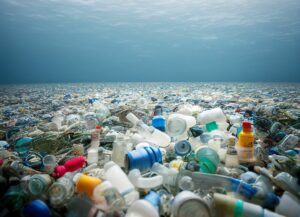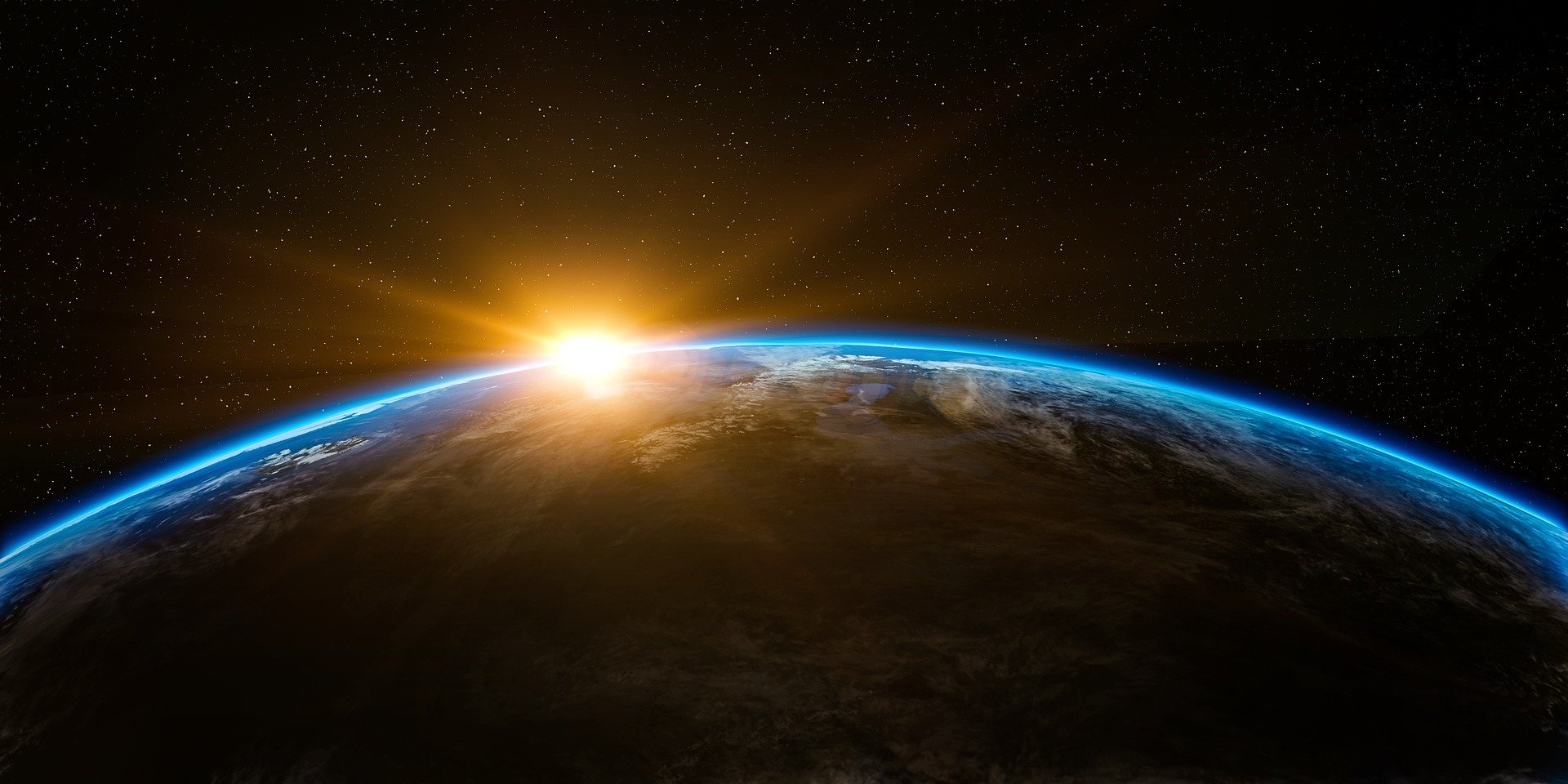Would you save 🧜♀️ The Little Mermaid from plastic?
Five Years Without Discarding Plastic
Since September 2019, I have completely stopped using plastic. However, since starting my plastic-free journey, I have occasionally encountered unavoidable plastic, which I chose to store in boxes in my apartment rather than throw away.
However, most of the plastic in these boxes comes from items I already had in my apartment before beginning this journey.
Why have I never thrown out plastic? I knew discarding it would likely result in it littering the environment or entering the ocean. I couldn’t bear the thought of a bird or fish mistakenly ingesting my plastic waste, so I chose to keep it in a few boxes in my apartment instead.

In fact, even when I moved, I took my plastic waste with me.
So, I don’t use plastic; if used accidentally, I don’t throw it out. Every year, at the end of September, I measure the volume of plastic waste I’ve accumulated over the past 365 days. For instance, last year, all my plastic waste fit into a shoe box of less than 9.5 liters.

I’m in a dilemma. I can’t keep the plastic in my cellar forever, and I can’t hurt animals.
Plastic: A Non-Recyclable Material Threatening Biodiversity
While plastic is cheap, convenient, and enhances people’s daily lives, it is undeniably a polluting material.
Approximately 99% of plastic is derived from fossil fuels, and its extraction, refining, and production release significant amounts of greenhouse gases into the atmosphere.
The end-of-life stage of plastics is equally concerning: of all the plastic ever produced, 91% has never been recycled.
In my search for solutions to manage the plastic I had stored, I realized that there are several myths surrounding plastic recycling:
- “Recyclable” does not equate to “recycled”.
- Often, “recyclable” simply means shipping plastic waste to developing countries in the Global South.
- Even when recycling occurs, it typically involves mixing a portion of recyclable plastic with new plastic materials.
Moreover, the recycling logos on product packaging can be misleading. These logos do not guarantee that the product will be recycled but rather indicate that the producer has made a financial contribution to the recovery and recycling of packaging.
According to the World Economic Forum:
- 32% of plastic packaging ends up as litter in the environment.
- 40% is sent to landfills.
- 14% is incinerated.
- 14% is recycled, but in reality, only 2% is effectively recycled.
Additionally, the United Nations reports that 12 million tons of plastic enter the ocean annually.
This results in the death of 1 million seabirds, 100,000 marine mammals, and countless fish. Furthermore, 40% of marine mammals and 44% of seabird species ingest plastic debris.
Plastic impacts beyond biodiversity loss
Beyond biodiversity loss, plastics have far-reaching impacts on the environment, climate, human health, and society.
The entire lifecycle of plastic—from extraction and production to its disposal—contributes to climate change by emitting greenhouse gases.
If the whole plastics lifecycle were a country, it would be the world’s fifth-largest emitter of greenhouse gases.
Furthermore, the chemical pollution caused by plastics, particularly in the form of microplastics, contaminates ecosystems and enters the food chain.

Plastics also pose serious health risks, as they contain toxic substances that can leach into the environment, leading to potential endocrine disruption and other harmful effects.
Additionally, the social impacts of plastic pollution are significant, as part of the plastic waste from the Global North is exported to the Global South, contributing to waste colonialism and exacerbating global inequalities.
Question to actors hindering progress on the Plastics Treaty

If innovation holds the key to addressing the plastic issue, is there any existing technology able to effectively manage the waste stored in boxes in my apartment?
More importantly, is there an existing way to sustainably manage this plastic waste without resorting to incineration or exporting it to recycling facilities in the Global South?
If we are already struggling to manage existing plastic waste effectively, how can we possibly cope with the increasing volumes of plastic waste that will result from continued production?
This raises the urgent question: shouldn’t we consider drastically phasing down plastic production?
Without a fundamental shift toward reducing plastic production, especially single-use plastics, the burden on waste management systems and the environment will only grow.
Conclusion: Key Measures to Include in the Plastics Treaty at INC-5
- Phasing down plastic production with transparent mechanisms for tracking plastic production data.
- Establishing clear binding targets for reduction, reuse, repair, and recycling.
- Preventing the loss of plastic pellets through strong measures.
- Designing a legally binding instrument that addresses the entire lifecycle of plastic, considering the total plastic GHG emissions at the extraction, refinement, and end-of-life phases.
- Protecting human health by banning toxic substances and forever chemicals and providing transparency on plastic chemicals.
- Ensuring proper waste management using environmentally friendly methods and ending waste colonialism.
- Protecting workers employed by the informal sector to collect plastic waste.





Interesting 🙂